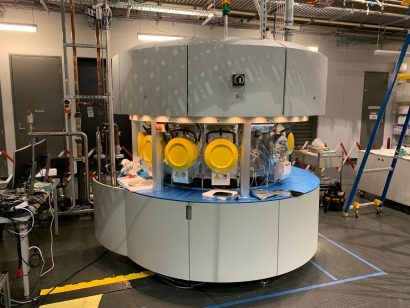
The University of New South Wales (UNSW) will lead the tandem solar cell project, with the most cash investment funded by ARENA. A significant part of the research will be carried out on the Midsummer UNO research machine for the production of thin film solar cells that the university previously purchased from Midsummer.
The objective of the project is to produce a highly efficient and stable tandem solar cell with already commercialized technologies. The project's goal is to achieve over 30 percent efficiency.
Present mass-produced silicon panels have an efficiency of around 20 percent and thin film panels like CIGS (copper, indium, gallium, selenide and/or sulphur) slightly lower. By combining the technologies in so-called tandem solar cells, it is theoretically possible to reach a much higher efficiency (which is measured as a percentage according to the proportion of photons that are converted into electricity).
In tandem solar cells, different semiconductor materials are combined in one device, each of which absorbs different areas of the solar spectrum. The result is more efficient solar cells.
Leading research institute in solar energy
The UNSW School of Photovoltaic and Renewable Energy Engineering is one of the leading solar research institutes in the world. UNSW Professor Xiaojing Hao, who heads the project, comments, “We acknowledge the strong support from ARENA. By working closely with our project partners, world-leading chalcogenide and Si PV researchers and manufacturers, this project will provide next-generation, high-performance, durable and cost-effective tandem cells that can be rapidly scaled up."
“A tandem solar cell with silicon + chalcogenide has the best conditions for rapid commercialization as they are two mature, stable and proven technologies. As Midsummer's DUO system already today uses the same solar cell size as silicon solar cells, it would be the obvious production tool choice when the world's largest solar panels manufacturers want to commercialize tandem solar cells on a large scale,” said Midsummer's CEO Sven Lindström.
Silicon-based tandem solar cells are seen as the main track to commercialize solar panels with over 30 percent efficiency. High-bandgap CIGS cells, which can be manufactured on Midsummer's machines, have demonstrated among the highest efficiencies for potential peak cells to combine with silicon and have the advantage of a very long lifetime as well as already proven scalability in mass production.

